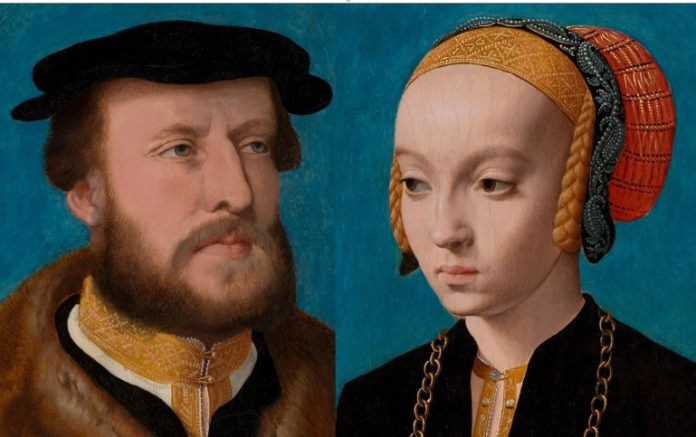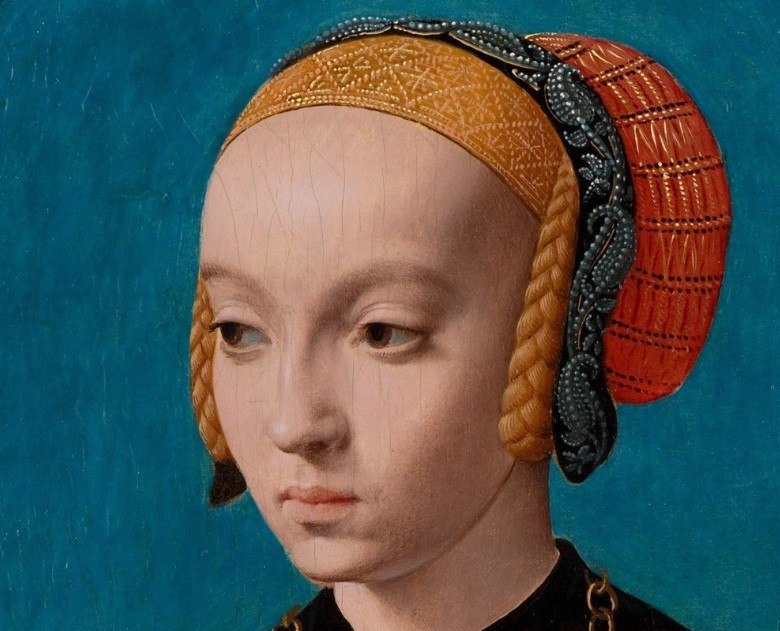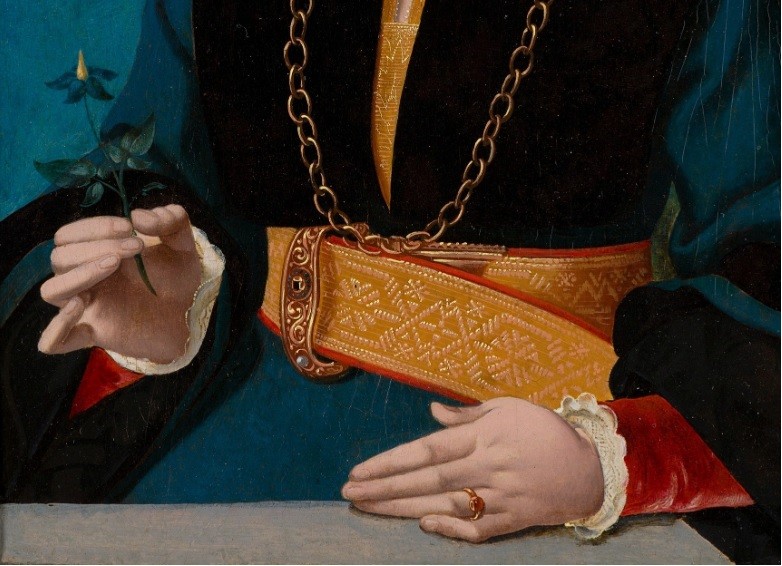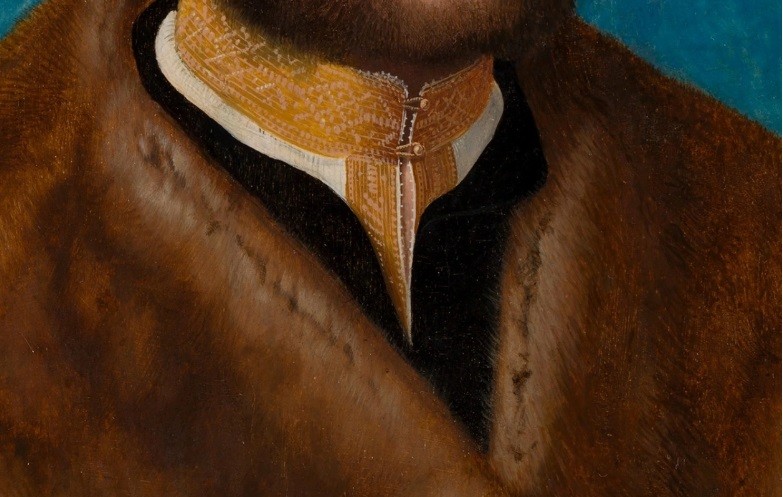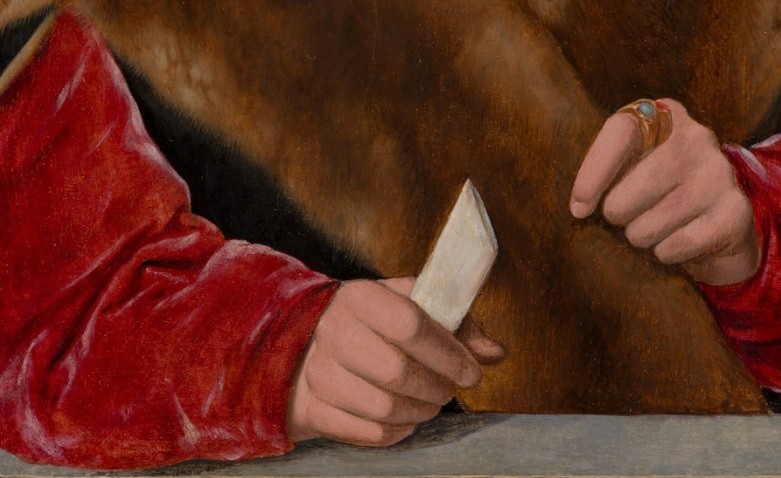The Royal Gallery of Mauritshuis in The Hague has announced the reunion of a couple of wedding portraits by Bartholomäus Bruyn. Portraits of Jakob Omphalius and his bride Elisabeth Bellinghausen were presented at an auction almost 125 years ago. The woman’s name, like the portrait of her fiancé, was lost – and now restored after a clever detective investigation.
In 1912, the female image became part of the collection of Rijksmuseum, which in 1951 gave it to Mauritshuis on a long-term lease. There the picture hung as “Portrait of the unknown”, and the name of the model and location of the second half of the work was still a mystery.
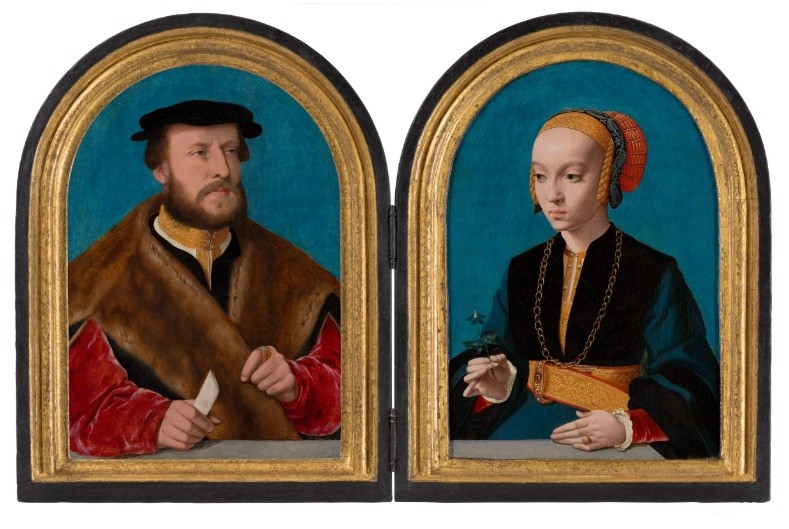
About twenty years ago, art historians found out that the painting was originally half a diptych, and decided to reveal the identity of the depicted. They knew that the panel had been painted by Bartoloméus Brain and that the backside had the emblem of Peter Bellinghausen, professor of civil law in Cologne. Scientists assumed that they were looking at a portrait of one of his daughters.
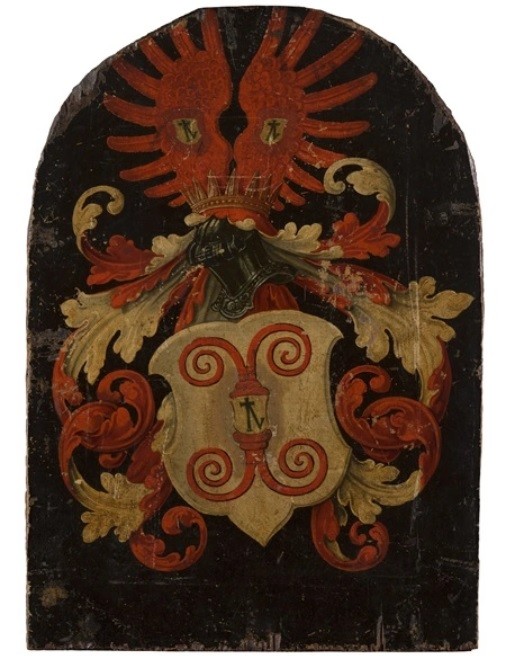
Thanks to the writings of theologian Petrus Hofstede de Groot, made in an auction catalog in 1896, it was possible to identify the emblem on the back of the lost male portrait. It belonged to Cologne lawyer Jacob Omphalius, and, therefore, the painting from Mauritshuis depicts his wife Elizabeth. But all traces of the panel with Jacob himself disappeared in 1955, the last time it was put up for auction.
Only in May 2019 did the “Portrait of the Unknown” appear at the auction in a small auction house in Paris. It was purchased by a gallery from Geneva, which did not suspect the identity of the depicted. Mauritshuis learned about it from a curator in a German museum and attempted to reunite the couple. In the spring of 2020, it was a success.
Bartoloméus Brain was in great demand as a portraitist – he painted a whole generation of Cologne dignitaries. His portraits are characterized by the realistic transmission of faces and hands, the use of bright colors and carefully executed details of clothing and props. Brian (1493-1555) received very few orders for single images, mainly specializing in wedding portraits in the form of diptychs.
Jakob Omphalius (1500-1567) was an outstanding lawyer and scholar from Cologne. He studied in Cologne, Utrecht, and Leuven and graduated from the Faculty of Law at the Sorbonne in Paris and then Toulouse. He held various high positions, lectured on law at the University of Cologne, and was elevated to the rank of nobility in 1559. The dates of birth and death of Elisabeth Bellinghausen are not set – in the portrait, she looks much younger than her fiance.
The couple had 13 children, and after her death, Elizabeth married again.






